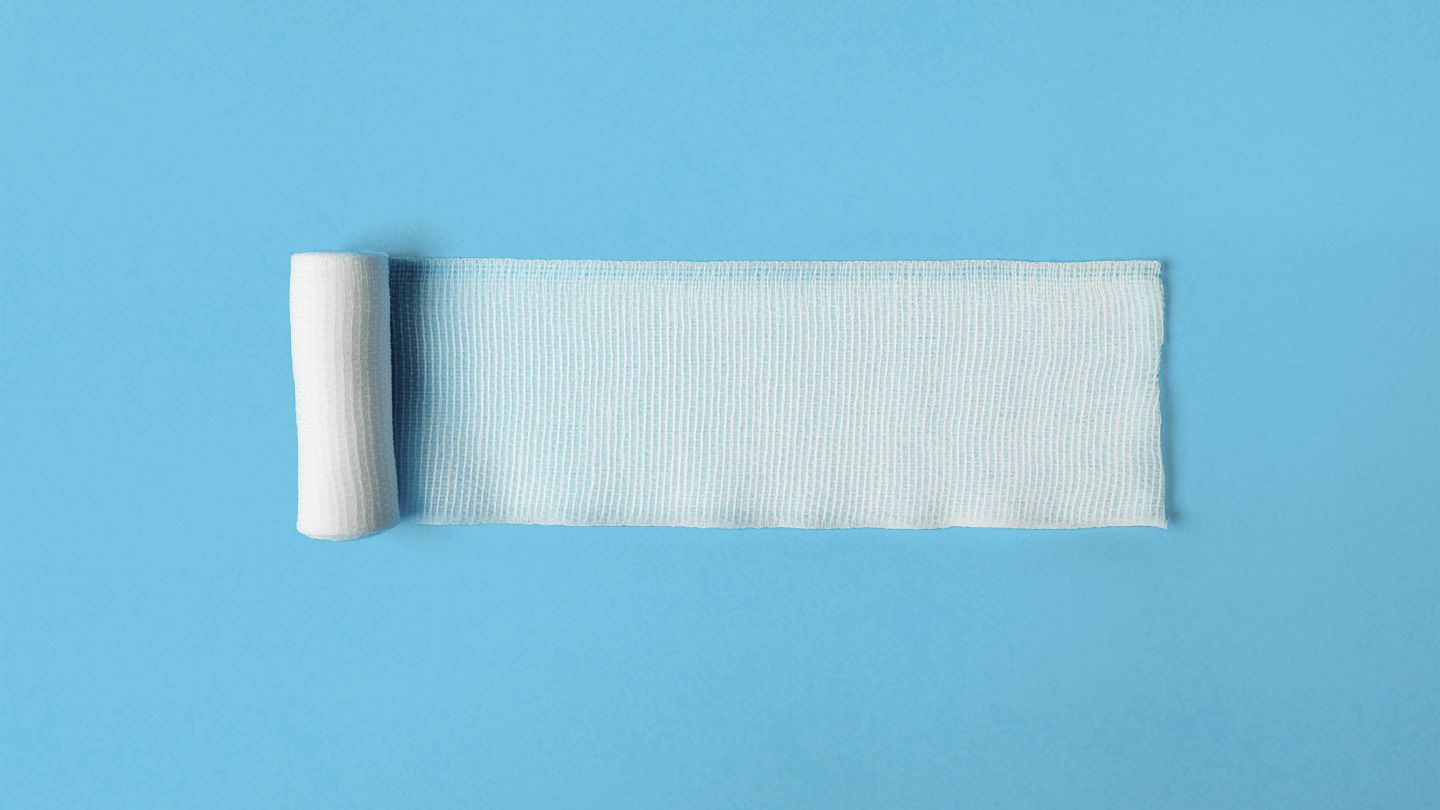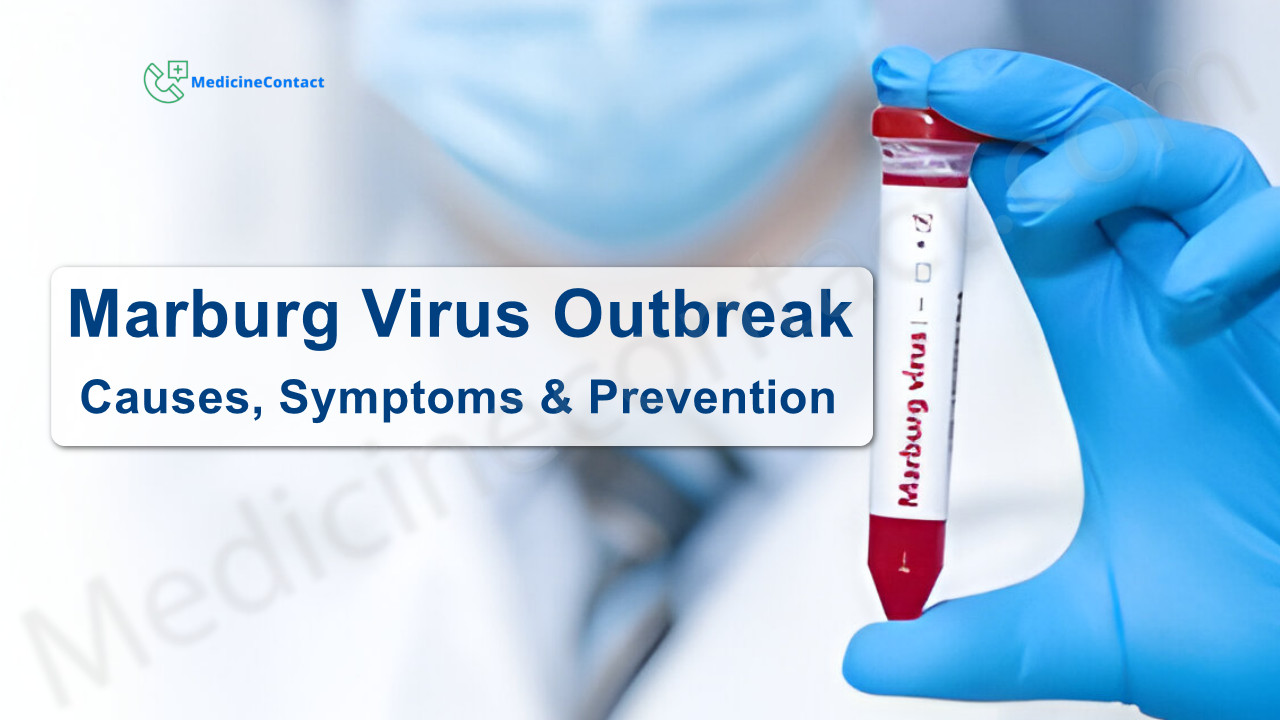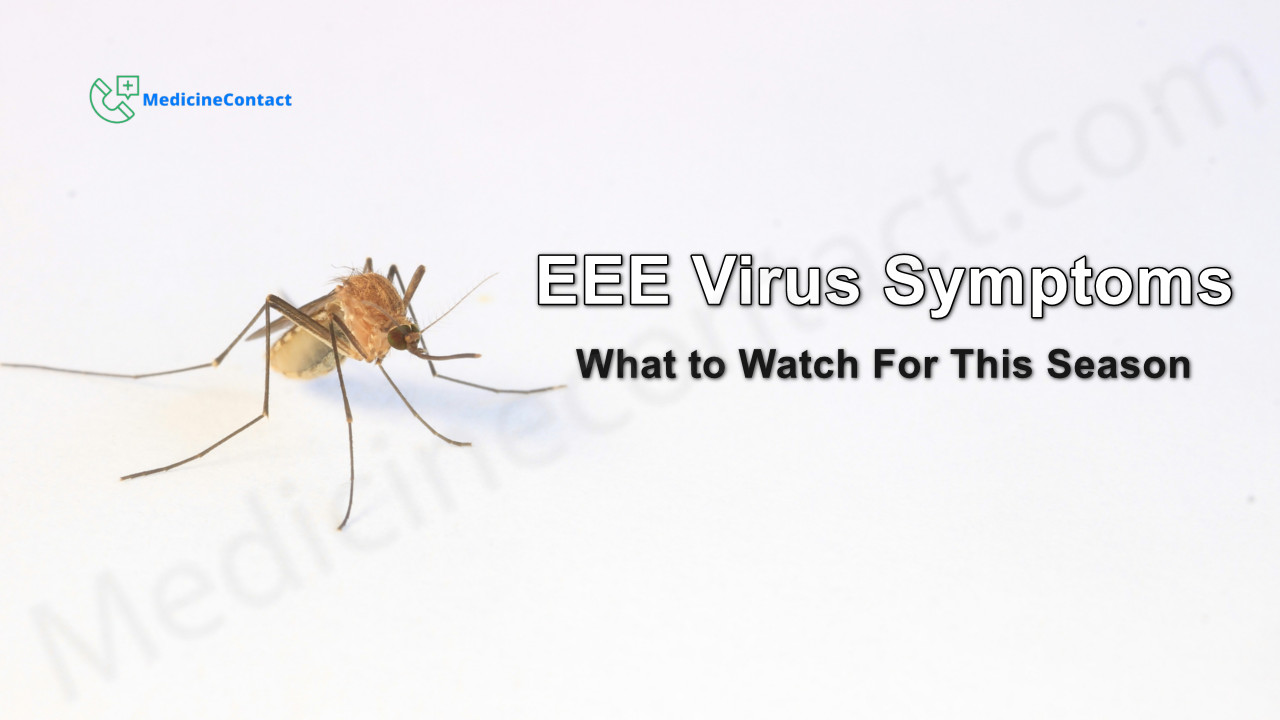
Assessing the Situation and Calling for Help
When someone has suffered a gunshot wound, the first step is to quickly assess the situation. Make sure the area is safe and the shooter is no longer a threat. Check to see if the victim is conscious and breathing. If the victim is unconscious, check for a pulse. Call 911 or your local emergency number immediately. Provide the dispatcher with your location and a brief description of the victim's condition.
While on the phone with emergency services, ask the dispatcher for instructions on caring for the wound until paramedics arrive. Follow their guidance closely. Do not hang up until instructed to do so by the dispatcher.
Controlling Bleeding
The next priority is controlling any bleeding from the gunshot wound. Blood loss is the most immediate life-threatening risk. Remove any clothing around the wound so you can clearly see where the victim is injured. Look for an entry wound and an exit wound. Use gloves if available, or a clean cloth, to help reduce the risk of infection.
Apply firm, direct pressure on the wound with your hands or a clean cloth. Keep pressure constant. If blood soaks through the cloth, apply another one on top and continue applying pressure. Keep pressure on the wound until emergency responders arrive. Elevate the injured area if possible to help reduce blood loss.
If the bleeding does not stop with direct pressure, try applying a tourniquet above the wound. Use a belt, scarf, or strip of fabric about 1-2 inches wide. Wrap it around the limb and tie securely. Use a stick or similar object to twist and tighten the tourniquet until bleeding slows. marking the time you applied the tourniquet.
Treating Chest Wounds
For gunshot wounds to the chest, immediately cover the wound with an occlusive dressing, plastic wrap, or even a credit card taped down on 3 sides. Do not remove an object that may be embedded in the chest wound. Place bulky dressings or towels around the object to keep it from moving. Continue to monitor the victim's breathing until emergency responders arrive.
Packing the Wound
If bleeding continues even with direct pressure, you may need to pack the wound. Take gauze or clean cloths and press them directly into the wound, maintaining pressure. Add more material and apply continued pressure if needed. This helps control bleeding by providing internal pressure.
When packing a wound, it is important to use sterile dressings if available. Make sure to wear gloves if possible. Take care not to press any foreign objects further into the wound when packing. Continue applying pressure until medical personnel arrive.
Maintaining Airway and Breathing
After stopping bleeding, maintaining the victim's airway and breathing is the next priority. If the victim is unconscious, carefully tilt their head back and lift the chin to open the airway. Make sure there are no objects blocking breathing. Place the victim in a recovery position by rolling them onto their side while keeping the head, neck and back aligned.
Look, listen and feel for breathing. If the victim is not breathing, begin CPR. Tilt the head back, pinch the nose shut, seal your mouth over theirs and blow two breaths. Watch to see their chest rise. Follow with 30 chest compressions. Continue cycles of 2 rescue breaths and 30 compressions until help arrives.
For chest and abdominal wounds, do not remove impaled objects. Stabilize the object in place with bulky dressings and bandages. Monitor closely for adequate breathing until emergency medical services arrive.
Treating Shock
Shock can quickly set in after a major gunshot injury due to blood and fluid loss. Signs include pale, cool, clammy skin, weakness, rapid breathing, and confusion. Take steps to minimize shock until emergency medical care is available.
Keep the victim lying flat on their back.Elevate the legs 6-10 inches if you do not suspect injuries to the head, neck or legs. Cover the victim with a warm blanket to maintain body temperature.
Do not give the victim anything to eat or drink, even if they ask for it. This increases the risk of vomiting and aspiration. Monitor vital signs closely. Reassure the victim and keep them as calm and still as possible while awaiting emergency medical care.
Recovery Position
If the victim is unconscious but breathing, place them in a recovery position until help arrives. Carefully roll the victim onto their side, while keeping the head, neck and back aligned. Bend one leg up for stability. Adjust the upper arm so it supports the head and keeps the airway open. Monitor breathing closely.
Preparing for Emergency Medical Care
Provide emergency responders with as much information as possible when they arrive. Detail what happened, how long the victim has been unconscious or complaining of symptoms, what care you have provided and the victim's current condition.
Note the time a tourniquet was applied, or when bleeding was first controlled. Give an estimate of the amount of bleeding. Remove any dressings, gauze or tourniquets only at the direction of emergency medical professionals.
Stay with the victim to provide details and reassurance until emergency personnel are ready to transport them for further medical treatment. Ask about ways to be helpful on the scene or at the hospital.
Avoiding Infection
Gunshot wounds carry a high risk of bacterial infection. Take some basic steps to help reduce this risk before medical treatment:
- Wash hands thoroughly before and after providing care
- Wear disposable gloves if available
- Use clean dressings and bandages
- Do not remove foreign objects from the wound
- Apply antibiotic ointment to help reduce risk of infection
However, controlling bleeding and maintaining breathing are the top priorities. Call for emergency help immediately in any gunshot wound situation.
Being Prepared
While you hope to never encounter gun violence, basic first aid training can help you act quickly and effectively if the worst happens. Consider taking a first aid, CPR or Stop the Bleed course. Having standard bleeding control supplies readily available in public places like tourniquets, gauze, gloves and trauma dressings could also help save lives.
When around firearms, always follow basic safety rules - assume guns are loaded, finger off the trigger, do not point at anything you don't intend to shoot. Secure guns unloaded and locked up when not in use. Be aware of your surroundings and exit safely if you encounter an active shooter situation.
In a trauma event, remain calm, quickly stop bleeding, open the airway, monitor breathing and treat for shock until emergency responders arrive. Your fast actions in a critical moment could help save someone's life.
FAQs
How do I stop bleeding from a gunshot wound?
Apply firm, direct pressure on the wound with your hands or a clean cloth. If blood soaks through, add more cloth on top. Keep pressure constant. If bleeding persists, apply a tourniquet above the wound or pack the wound with gauze/cloth.
What should I do if someone has a chest wound?
Cover the wound immediately with an occlusive dressing, plastic wrap or tape down a credit card on 3 sides. Do not remove objects embedded in the chest. Stabilize impaled objects with bulky dressings. Monitor breathing closely.
How do I maintain the victim's airway and breathing?
Open airway by tilting head back and lifting chin. Check for breathing - if not breathing, begin CPR with cycles of 2 breaths and 30 compressions. For chest/abdominal wounds, stabilize impaled objects and monitor breathing closely.
How do I treat for shock?
Lay victim flat, elevate legs 6-10 inches if no head/neck/leg injuries. Cover with warm blanket to maintain body temperature. Do not give food/drink. Monitor vital signs and keep victim calm/still until emergency responders arrive.
How can I reduce risk of infection?
Wash hands before/after care. Wear gloves if available. Use clean dressings. Do not remove foreign objects. Apply antibiotic ointment if available until emergency care arrives.
Disclaimer: This article is for informational purposes only and does not constitute medical advice. Always consult with a healthcare professional before starting any new treatment regimen.




